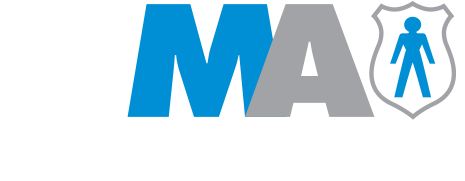“It says we have a heroin epidemic and parents need to save their children. I believe in Narcan. It works miraculously and it says that we’re in trouble”
The following article was published 4/29/16 by NJTV News
By Michael Hill
NJTV Correspondent
The Conahans — on the front line of the heroin addiction crisis in New Jersey — sat in the front row of a naloxone training session at the Mahwah Police Department.
“I have a son actually in recovery and we want to take some preventive measures if possible,” said John Conahan.
Conahan says his 23-year-old son is doing well in recovery in California where they sent him for treatment. After they noticed items missing from the house, their son asking for money but then — on his own — telling his parents he wanted to recover from a heroin addiction that began with a prescription for painkillers.
“He was able to be strong enough to realize it was an issue to make himself a better citizen, so to speak,” Conahan said.
That taught the Conahans they had much more to learn about the crisis. So, they joined other parents.
“Our son was saved by this drug six months ago in Florida,” said an audience member.
School nurses.
“Would you guys be willing to come to the library and train all of our nurses?” asked another audience member.
And first responders.
“What about compressions? No, remember this is not CPR,” said an audience member.
Packing this room.
“We actually thought we would have to do two because of the amount of interest in it,” said Todd VanDuren, a member of the Mahwah Municipal Alliance.
The Mahwah Municipal Alliance and Mahwah Police offered the free training by recovery specialists and officers who’ve reversed heroin overdoses with naloxone.
They gave out naloxone kits that include two vials of the drug, syringes, gloves and alcohol pads and a mask for rescue breathing. They used a New York City Health Department video to show how to look for signs of an overdose and what to do. Step 1, give a sternal rub; if no response, Step 2, Call 911. Step 3, give mouth-to-mouth breathing; if no recovery, Step 4, give naloxone by injection or spray. And Step 5, continue rescue breathing; if no response, give the second shot of naloxone. If the person recovers, doctors say he or she needs to go to a hospital.
The video seemed to captivate the audience in search of answers.
“To be quite honest we probably wouldn’t know what to do if something happened to my son at home. So, this is like a good chance to learn from it and also, if need be, to help someone that may need help,” Conahan said.
“It’s Encouraging and it’s also kinda scary at the same time. It’s encouraging that people are paying attention and that they’re trying to educate themselves so that they can help the people that matter to them. But, it’s also alarming that the numbers have climbed so high that it’s drawing that much attention,” said Mahwah Police Officer William Hunt.
Victoria Shaw secured the federal grant for sessions like this.
“It says we have a heroin epidemic and parents need to save their children. I believe in Narcan. It works miraculously and it says that we’re in trouble,” said Shaw, the executive director of Wellcore.
“You need events like this. If you don’t have events like this then people are not getting educated and they don’t know how to help themselves or their loved ones,” said Dr. Carolann Slattery, assistant vice president of health services for Samaritan Village.
No one knows how many times private citizens have used naloxone or Narcan to save a life in New Jersey. But, state police report law enforcement use for this year is outpacing use for last year as New Jersey police — and parents — battle an addiction crisis.
